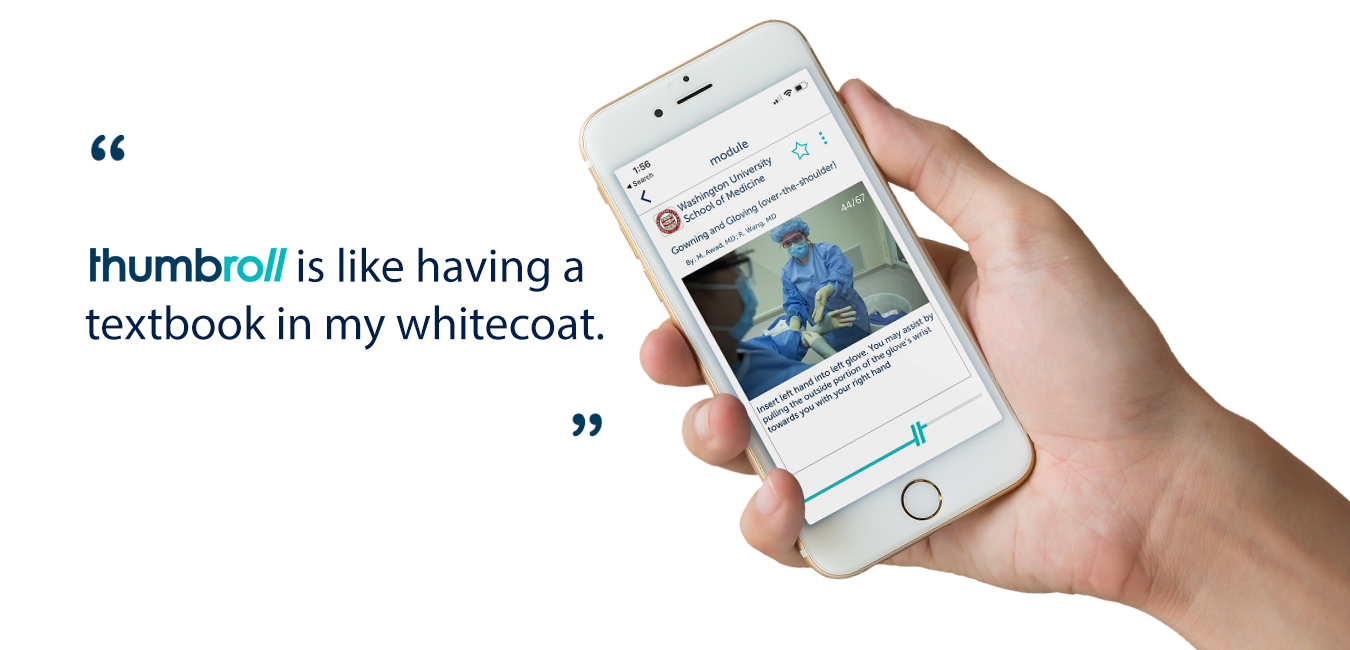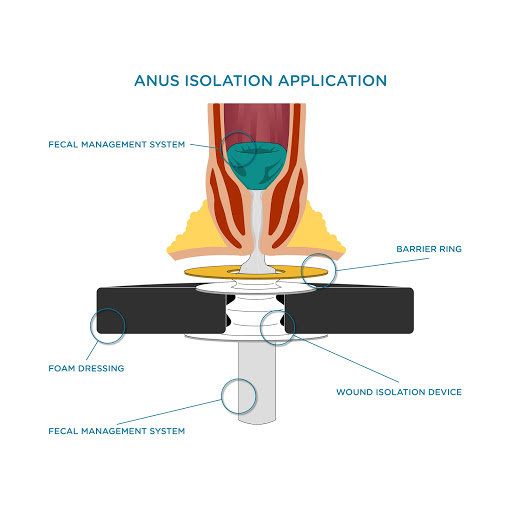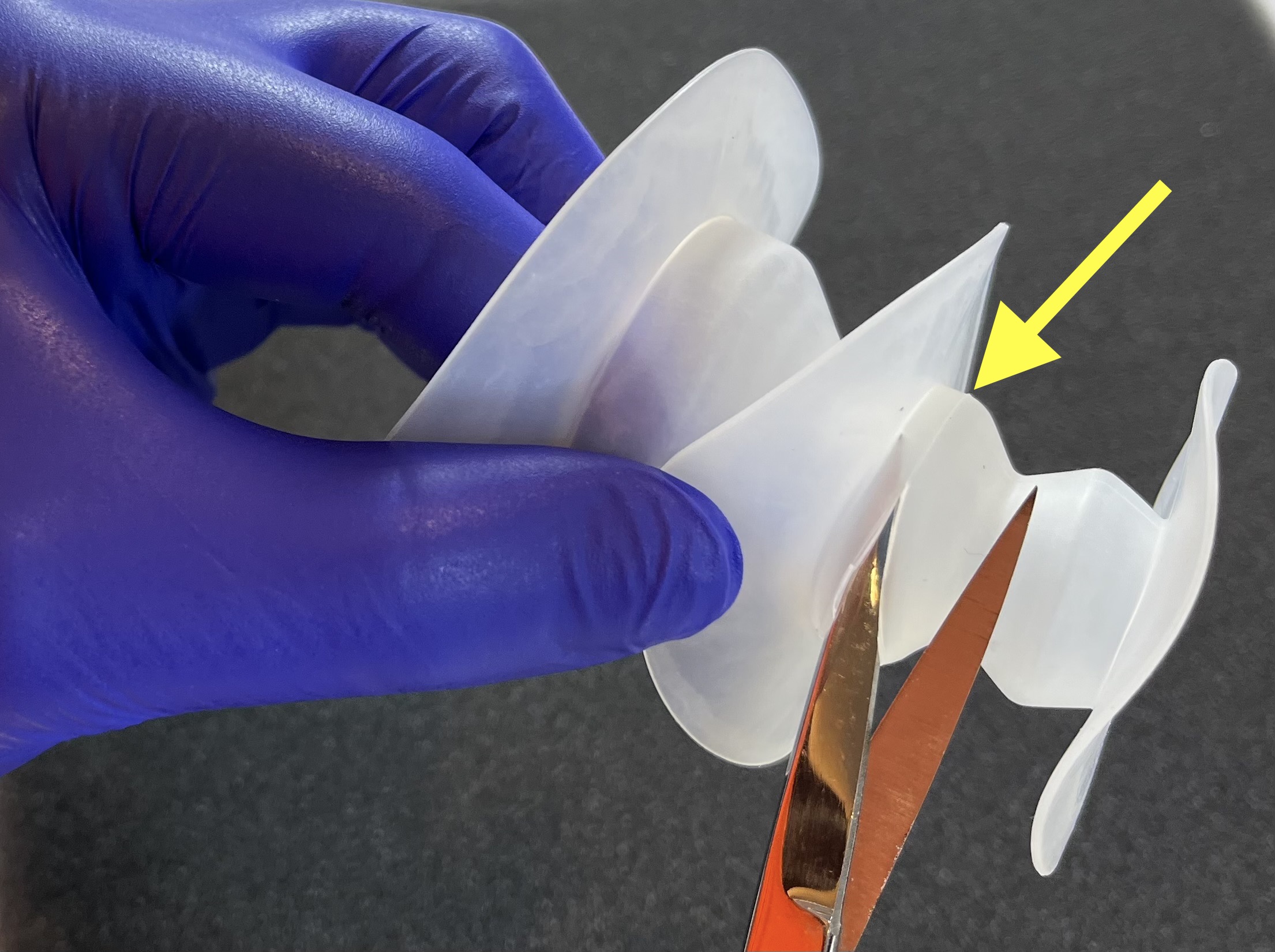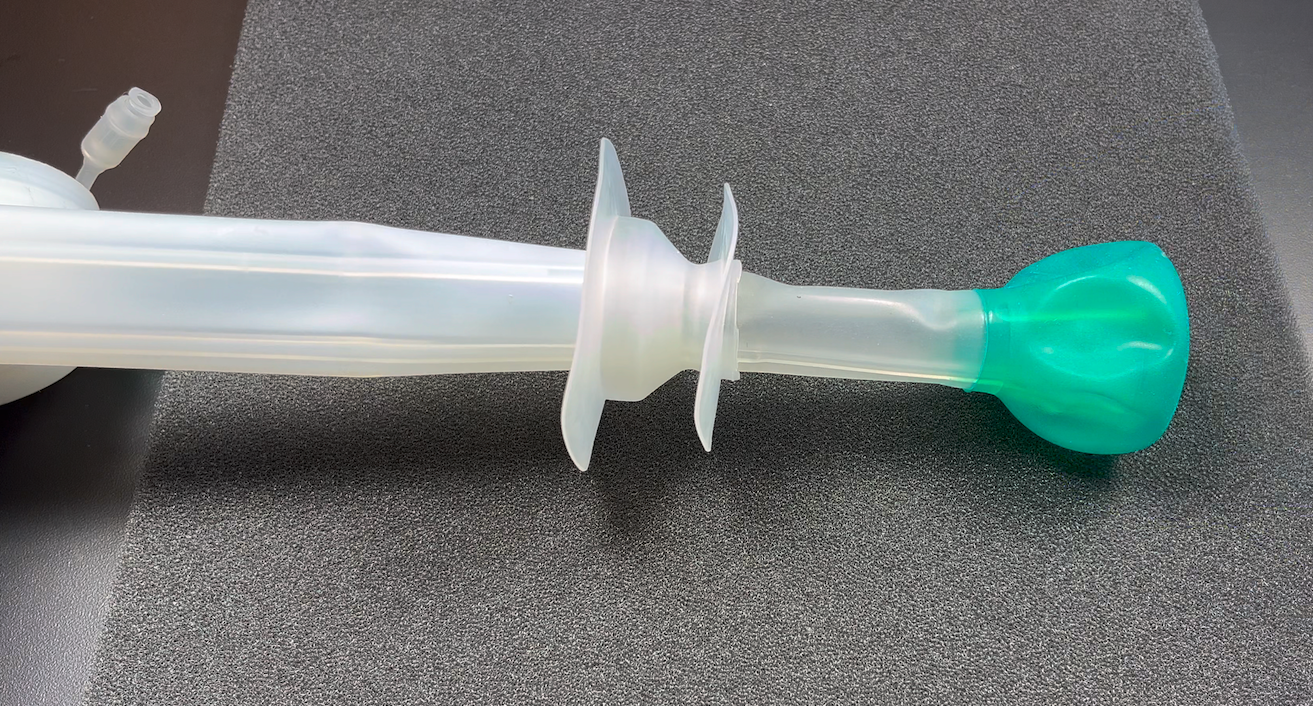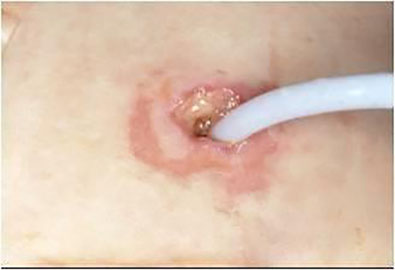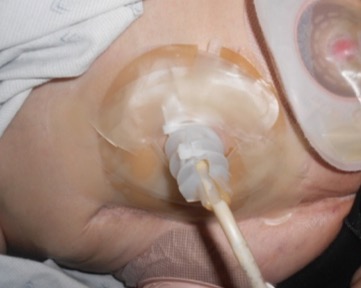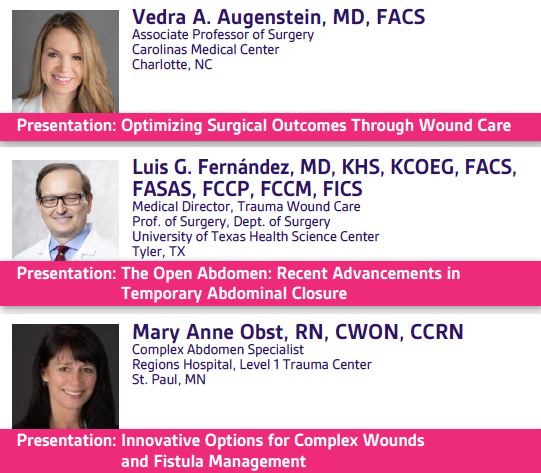The free thumbroll app has a new step-by-step training module on Enteroatmospheric Fistula Wound Management. Simply download it from the App Store or Google Play and start learning.
The fistula module is in the General Surgery section of the app. thumbroll uses real images to show how to use the Wound Crown in detailed steps, making it easily digestible. Learn at your pace as you scroll through each step of the process.
thumbroll is like a visual checklist. Content is broken down to the component steps, allowing you to just see what is necessary to learn the material.
For more information:
- facebook.com/thumbrollmed
- instagram.com/thumbroll
- youtube.com/c/thumbrollmedical

